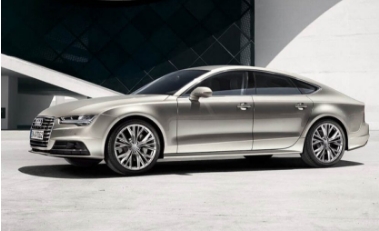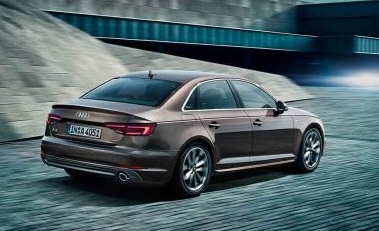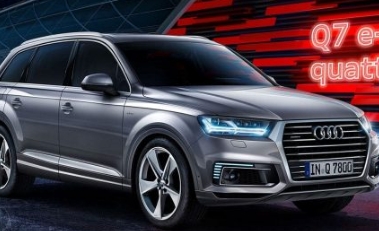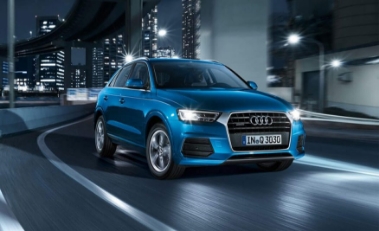Professional Car Dealer For Your Dream Car
Welcome to Proboys Auto Sales, your trusted source for quality used vehicles in the USA. Founded in 2023 by Gerald H. Baldwin, we bring over five years of automotive expertise and a passion for providing excellent service to our customers.
At Proboys Auto Sales, we take pride in offering a carefully selected range of cars, trucks, and SUVs that have been chosen for their quality and value. As a family-owned dealership, we understand the importance of trust and transparency in every transaction.
Our founder, Gerald, have a deep-rooted love for cars and a commitment to delivering exceptional customer experiences. Their vision for Proboys Auto Sales is to create a welcoming environment where customers feel like part of the family.
READ MORE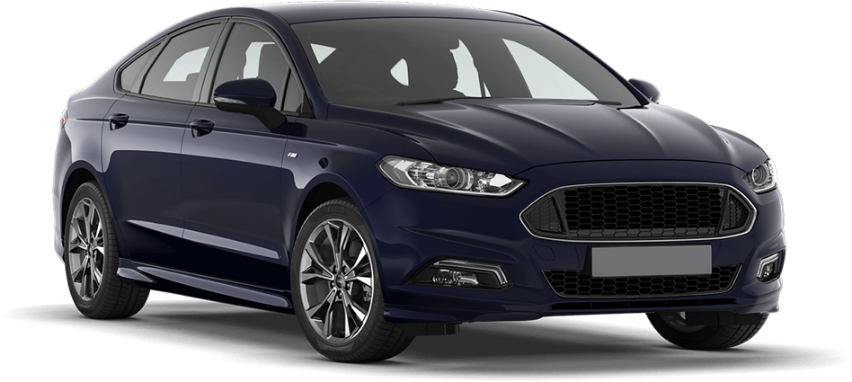
FEATURE CAR
Our Commitment
At Proboys Auto Sales, our top priority is to provide you with an exceptional car buying experience that is based on trust, reliability, and affordability. Our team is committed to ensuring that you find a vehicle that perfectly suits your needs, exceeds your expectations, and leaves you feeling confident and satisfied. We are passionate about what we do, and we are dedicated to serving as your partner in the world of used cars, helping you turn your car dreams into reality.
See Your Car Today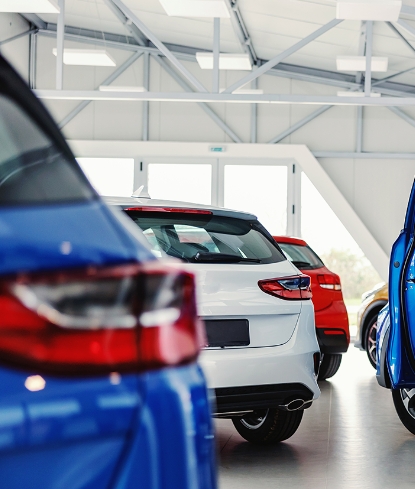

Our Vision
Professional Car Dealer For Your Dream Car
We aim to be the top-used auto dealership in the region by providing quality vehicles, affordability, and customer satisfaction. We strive to continuously improve our processes, services, and offerings to meet our customers’ evolving needs and stay ahead in the industry.
Our Mission
At Proboys Auto Sales, we provide reliable and affordable pre-owned vehicles, backed by outstanding customer service. We aim to build long-lasting relationships with our customers, ensuring their trust and satisfaction in our dealership.
Our Vision
Our aim is to be the top auto dealership in the region by providing quality vehicles at affordable prices while ensuring customer satisfaction. We strive to continuously improve our services to meet our customers’ evolving needs and stay ahead in the industry.

What Client’s Says
Frequently Questions & Asking Zone..
First things first: You need to find out how much the car you’re looking at is actually worth. After all, how will you know if you’re really getting a good deal on a used car if you don’t know the car’s value?
Luckily, figuring out the value of a car you’re interested in is really easy. Just look it up on a trustworthy website like Kelley Blue Book or Edmunds.
If the seller or dealer is asking for more than the car’s worth, you don’t have to walk away immediately. Instead, try negotiating with them for a more reasonable price. If they won’t budge, simply move on and look elsewhere—you won’t lose anything by trying!
Because of depreciation, which is what happens when an asset (like a car) loses value over time, you need to know how old a car is before you buy it. Cars depreciate a lot—so much that most new cars lose 60% of their value in the first five years.1 So, if you bought a new car for $30,000 five years ago, it’s probably only worth about $12,000 now.
Make sure you do your homework and figure out how old the car is before you drive up to the dealership or meet with that seller from Craigslist. That way, you’ll know if the car’s value is still in for a steep decline, or if most of the damage is already done.
Plus, you can use the car’s age—and how that make and model loses value over time—to your advantage to negotiate a better price.
Mileage matters. The average person drives 13,476 miles each year, and that adds up to a lot of wear and tear on cars.2 Keep that in mind when you’re making your decision.
Some vehicles can pack on a crazy number of miles without skipping a beat (what’s up, Honda). Others? Not so much. Once you know how old the car is and how many miles are on it, you can figure out pretty quickly if the previous owner ran the car into the ground or only drove it on Sundays.
A vehicle history report will give you some need-to-know info that’ll help you decide whether this car is for you—including accidents, open recalls, service history and the car’s previous owners. All of that can give you the upper hand when it comes to getting a better price too.
You can look up a car’s report online (it just takes a few minutes) or get one for free from most used-car dealers. You just need the vehicle identification number (VIN) or license plate number.
Before you sign the dotted line and hand over a wad of cash (and by the way, you should only pay cash for cars—no loans), you’ll want to make sure the car is free from mechanical problems. The last thing you want is to find out a week later that the engine is leaking fluid.
You could look under the hood yourself and check things out. But unless you’re a serious car nerd, it’s probably best to leave this to a professional. Ask the seller or dealer if you can have a mechanic perform a private inspection to make sure everything’s A-OK. If they say no, big-time red flags should go up in your head.
Take it from Randy G., a member of our Ramsey Baby Steps Community on Facebook: “Best money I spent and ‘lost’ was the $200 I paid for a mobile inspection of a used van I was going to buy. This guy drives out to the location, does the inspection, and then takes me over privately, giving me the full report of everything he can find wrong. Saved me from wasting $9,000 on a lemon Honda Odyssey, which are always highly ranked.”
We know looks aren’t everything, but they still count for something! Here are a few things to keep an eye out for:
- Bodywork, paint job and car frame: Look out for scratches, dents and rust on the surface of the car.
- Windshield, lights, rearview mirror and side mirrors: Are there cracks on the windshield? Do the headlights seem foggy or discolored? Are the rearview and side mirrors clear and working?
- Wheels and tires: Check each wheel for dents, and make sure they’re not bent. Take a look at the tires, too, to make sure they don’t need to be replaced before you buy the car.
While it’s more important to buy a car that’s in good shape under the hood, serious problems on the outside—like a rear bumper held together by duct tape or massive rust stains on the car door—can tell you a lot about how the owner treated the car.
For even more tips on what to keep your eyes peeled for when buying a car, check out our Ramsey Car Guide.
Now it’s time to climb in and look around. After all, you’ll spend a lot of time in there! Are there rips and tears from the family dog or coffee stains on the seats? Does it smell like a giant ash tray? Are there burger wrappers littering the floor? These are all things to think about and will tell you how well (or how little) the car has been taken care of.
Once you get a good idea of what the car looks like, it’s time to see how it feels. The best way to do that is by taking a test-drive.
While you’re test-driving the car, pay close attention when you brake, change gears, and accelerate. If something feels—or sounds—off to you, it’s probably best to pass on that car and start looking in another direction. If possible, pick a route that includes some rough roads with hills, bumps and potholes so you can get a good idea of how the car handles those conditions.

